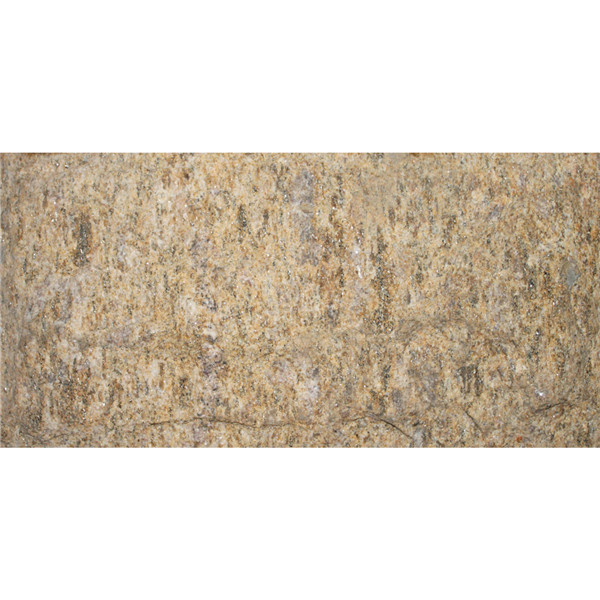Cultured Stone vs Natural Stone A Comprehensive Comparison

Introduction
When it comes to enhancing the beauty and durability of a home or building, the choice of stone material plays a significant role. Cultured stone and natural stone are two popular options that are widely used in construction and landscaping projects. Each material has its own set of characteristics, benefits, and drawbacks, making it essential for homeowners, architects, and contractors to understand the differences between the two before making a decision. In this comprehensive comparison, we will explore the key differences between cultured stone and natural stone in terms of composition, appearance, cost, installation, maintenance, and environmental impact.

Composition
Natural stone is exactly what its name suggests – stone that is naturally formed in the earth over millions of years. Examples of natural stone include granite, marble, limestone, and slate. Each type of natural stone has distinct mineral compositions and characteristics that give them their unique colors, textures, and patterns. On the other hand, cultured stone, also known as manufactured stone or faux stone, is a man-made product that is designed to mimic the look and feel of natural stone. Cultured stone is typically made from a mixture of Portland cement, aggregates, and iron oxide pigments that are molded and colored to resemble various types of natural stone.
Appearance
One of the most significant differences between cultured stone and natural stone lies in their appearance. Natural stone offers a timeless and authentic look that is unmatched by any synthetic material. The natural variations in color, veining, and texture of each piece of natural stone create a unique and organic aesthetic that cannot be replicated by cultured stone. On the other hand, cultured stone is manufactured to imitate the appearance of natural stone, but it may lack the depth, complexity, and authenticity of its natural counterpart. While cultured stone can closely resemble the look of natural stone, it may appear artificial upon closer inspection.
Cost
Cost is another critical factor to consider when choosing between cultured stone and natural stone for a construction or landscaping project. In general, natural stone tends to be more expensive than cultured stone due to the labor-intensive process of quarrying, cutting, and transporting stone from its source to the project site. The rarity and quality of the natural stone also play a significant role in determining its price. Cultured stone, on the other hand, is a more cost-effective alternative to natural stone, as it is produced in a controlled manufacturing environment using readily available materials. The lower cost of cultured stone makes it an attractive option for budget-conscious homeowners and contractors who want to achieve the look of natural stone without breaking the bank.
Installation
The installation process for cultured stone and natural stone can vary significantly in terms of complexity, time, and labor requirements. stepping stones for sale is heavy, irregularly shaped, and often requires skilled masons to cut and shape each piece to fit the desired layout. The installation of natural stone can be time-consuming and labor-intensive, leading to higher installation costs. In contrast, cultured stone is lightweight, uniform in size, and designed for easy installation using adhesives or mortar. The interlocking panels or individual stones of cultured stone can be installed quickly and efficiently, reducing labor costs and speeding up the construction timeline. While natural stone may require specialized equipment and expertise for installation, cultured stone can be installed by experienced contractors or even DIY enthusiasts.
Maintenance
Maintenance is another important consideration when choosing between cultured stone and natural stone for a project. Natural stone is known for its durability and longevity, requiring minimal maintenance to retain its beauty and structural integrity. However, natural stone may be susceptible to staining, chipping, and weathering over time, especially in high-traffic areas or outdoor environments. Regular cleaning, sealing, and occasional repairs may be necessary to preserve the appearance of natural stone. Cultured stone, on the other hand, is generally more resistant to staining, fading, and weather damage due to its manufactured composition. Cultured stone is also easier to clean and maintain, requiring simple washing with soap and water to keep it looking its best. While both cultured stone and natural stone can last for many years with proper care, the maintenance requirements may differ between the two materials.
Environmental Impact
The environmental impact of cultured stone and natural stone production is a critical factor to consider in today's eco-conscious world. Natural stone quarrying and extraction can have a significant environmental footprint, including habitat destruction, water pollution, and energy consumption. The transportation of natural stone from quarries to project sites also contributes to carbon emissions and environmental degradation. Cultured stone, on the other hand, is manufactured using recycled materials, reducing the demand for natural resources and minimizing waste. The controlled production process of cultured stone also allows for efficient use of materials and energy, resulting in a lower environmental impact compared to natural stone. When considering the environmental implications of using cultured stone or natural stone, it is essential to weigh the benefits of each material in terms of sustainability and resource conservation.
Conclusion
In conclusion, the choice between cultured stone and natural stone ultimately depends on a variety of factors, including budget, design preferences, maintenance requirements, and environmental considerations. Natural stone offers a timeless and authentic look that is unmatched by any synthetic material, but it comes with a higher price tag and maintenance requirements. Cultured stone provides a cost-effective alternative to natural stone with easy installation and minimal maintenance, but it may lack the authenticity and durability of natural stone. By understanding the differences between cultured stone and natural stone in terms of composition, appearance, cost, installation, maintenance, and environmental impact, homeowners, architects, and contractors can make informed decisions when selecting the right material for their construction or landscaping projects.
